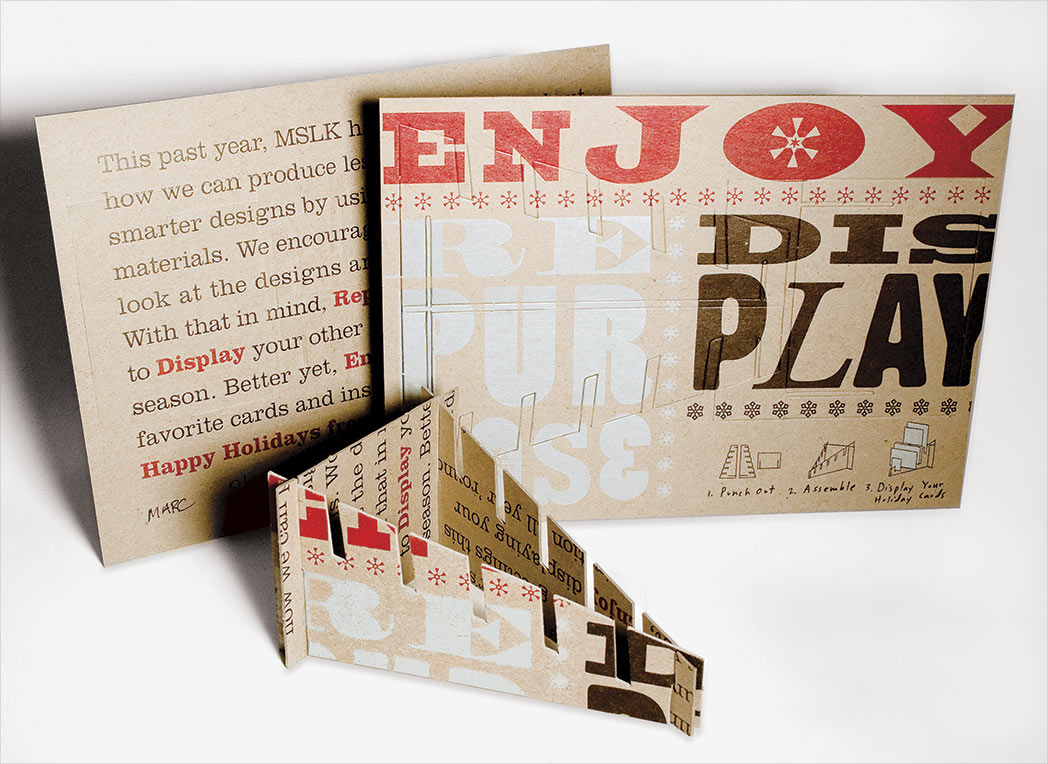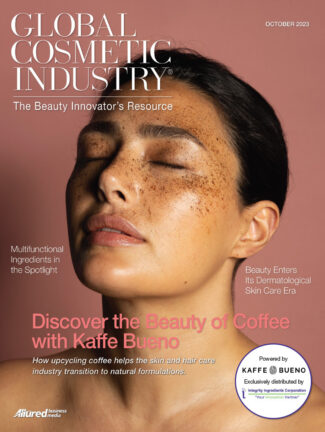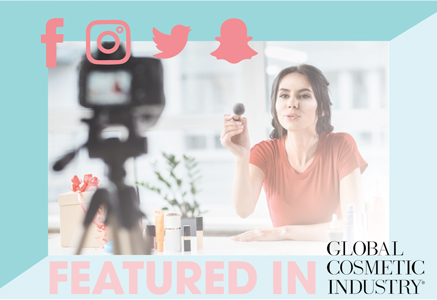
Optimizing a Conversion-centric Beauty
E-commerce Experience

Part 3 of a 4-part series: understanding the most impactful elements of the consumer’s online journey.
What does it take to optimize conversion with online shoppers? Especially those looking to purchase from your brand for the first time? Brands and industry events are always discussing the last trends, technology and optimization for influencer campaigns, organic social and digital marketing. Of course, with the skyrocketing costs of digital advertising, it is only natural for brands to question, “How can our efforts be improved?”
These are noteworthy concerns. However, too much pressure is placed on the optimization of these platforms without an overall view of the entire customer journey to purchase. There is an overlooked opportunity to enhance conversion rates through e-commerce optimization.
Assessing e-commerce effectiveness
At MSLK, we have identified 235 different touchpoints that are influential in a consumer’s decision to make a first-time purchase. Using this information, we developed a specialized tool called the Consumer Conversion Report, which enables us to comprehensively evaluate a brand’s overall storytelling and ability to entice a first-time buyer to make a purchase. Additionally, we track visits to each page on the brand’s site to determine its impact on conversion.
The 235 touchpoints we’ve identified have been categorized within the TIE Incentive pillars of trustTrust, intrigue Intrigue and education Education discussed in the June 2023 issue of Global Cosmetic Industry (see the “About this Series” sidebar). In our previous articles, published in GCI magazine, we examined the TIE Incentives and their role in building motivation and confidence among beauty customers who are making their first-time purchases from an unfamiliar brand.
Our report provides metrics that allow us to objectively assess how effectively a brand’s e-commerce site connects with consumers across each of these pillars. Furthermore, it helps us determine whether the most relevant pages on the website adequately incorporate the appropriate blend of TIE Incentives. Importantly, when a brand falls short in any of these areas, our report enables us to identify the specific areas that require further development. This information is invaluable for prioritizing updates based on cost-effectiveness and potential return on investment (ROI) of both time and money.
What pages on a website are most valuable?
One hundred percent of first-time purchasers on your e-commerce site will visit your product page. Time and time again we see it is the most relevant page on a brand’s site for converting a sale. Therefore, everything a prospect needs to feel confident in making a purchase—that mixture of trust, education, and intrigue—should be there.
When you consider that most web visits today are completed from a mobile device, it makes sense that users are scrolling more and clicking less. In addition, on mobile, overall site navigation is likely reduced or hidden altogether. As a result, the need for more information on product pages is even more relevant.
Many brands don’t understand how important product pages are in converting a sale. Often the critical TIE Incentive content that a consumer requires is sprinkled throughout the website and not focused or even covered on the page(s) most important to converting a sale. Time online is not infinite. Of the 60% of visitors who don’t leave a site immediately, the average session on an e-commerce site is only 1 minute, 52 seconds.
Regrettably, most e-commerce sites today are designed for basic commodity sales. Their product pages typically display product images, a brief description and a direct link to purchase. These sites are lucky if they can achieve an average conversion rate of 1%. Often their conversion rate is much less with new visitors. However, when brands prioritize optimization efforts and increase a 1% conversion to just 2%, sales will double and all marketing initiatives will be twice as successful. Each percentage further continues to expand the impact. Some of our clients have optimized their product pages to achieve conversion rates as high as 8.12%, including conversions with new customers.
What TIE Incentives content should be included on a site?
1. Trust
Trust is an indispensable element in today’s digital landscape, particularly for businesses operating online. In the beauty industry, the importance of a trustworthy site cannot be overstated, as it directly impacts the success of sales conversions. Prospective customers must have confidence in both your brand and your website to proceed in making a purchase. However, trust doesn’t end once a prospect enters the checkout process; it extends throughout the entire transaction. To cultivate trust, businesses can employ various strategies such as ensuring robust security measures, offering widely accepted payment options, and streamlining the checkout experience.
On the product page, seals and certifications from reputable organizations further bolster trust by demonstrating adherence to industry standards. Additionally, user reviews and endorsements from press, noteworthy retailers, influencers and professionals serve as powerful trust-building tools. Finally, the inclusion of money-back guarantees provides reassurance to customers, encouraging them to make a confident purchase. By prioritizing trust at every stage, businesses can enhance customer confidence and drive conversions in even the most competitive product categories.
2. Intrigue
Intrigue plays a pivotal role in captivating prospects and fostering their ongoing engagement with a brand. It is the driving force that entices customers and keeps them coming back for more. Just as beautiful packaging can pique curiosity and create an immediate connection, an engaging website that reflects the same colors, shapes, symbols and words used on packaging can enhance intrigue. Today’s consumers have a strong desire to be part of a community of like-minded individuals. Building such a community and creating a branded experience on your website can encourage repeat purchases directly from your brand site, rather than through third-party retailers.
On the product page, offering exclusive promotions, unique experiences and personalized bundles further adds to the intrigue. For instance, allowing customers to customize their own sets or bundles or leveraging cutting-edge AI tools like virtual try-ons can create an exciting and immersive experience that sets your e-commerce site apart. By nurturing intrigue, businesses can create a strong bond with customers, driving loyalty and sustained engagement in the ever-competitive market.
3. Education
Education plays a pivotal role in driving conversions in the e-commerce landscape, particularly when it comes to product knowledge. Both brand-level and SKU-level education are crucial elements in the customer’s decision-making process. A well-designed e-commerce platform should prioritize clear navigation, intuitive product filtering and a coherent site architecture to make it effortless for consumers to self-select related products or follow a specific regimen.
On the product page, the power of education goes beyond basic navigation. In today’s market, prosumers, or knowledgeable consumers, have an insatiable desire to learn more about the products they purchase. They seek detailed information about ingredients, concentration levels, proper usage techniques, and tips and tricks to maximize their experience. By providing robust product education at the SKU level, businesses can empower customers with the knowledge they need to make informed choices, thereby increasing ongoing engagement with the brand site as well as the likelihood of conversion.
How can you fit all that information on a product page?
As stated previously, the standard e-commerce template and most websites created today are prepared for commodity-based purchases. The product pages on these sites feature basic information, but none of the rich and robust content, storytelling, and features we have just covered.
Occasionally, our clients question if there can be too much information on the product page with the TIE Incentives added. Our research shows that engaged customers will continue to scroll and yearn for more information as they become more interested in a product. If your website design is optimized properly, users will continue to scroll and you will be able to add all the TIE Incentives you wish on each product page.
In contrast, critical content from the TIE Incentives listed on different pages of the site are likely to never be seen. When you consider that most web visits today are completed from a mobile device, it makes sense that users are scrolling more and clicking less. In addition, on mobile, overall site navigation is likely reduced or hidden altogether. As a result, the need for more information on product pages is even more relevant.
These TIE Incentives are critical motivators that a first-time buyer requires to feel confident making a purchase, especially in the luxury and performance beauty space. Put this information on the most important pages on your site—specifically, your product pages—and streamline your check-out flow. You will increase conversion at the finish line.
Coming Up
In our last article in this series, coming in the November 2023 issue, we will go deeper into the type of TIE Incentives consumers look for in digital marketing and discuss how to identify the best stories and content for digital marketing—the final and most upper-level tactic in your marketing funnel.
About the author:
Sheri L. Koetting is the founder and chief strategist of MSLK, a marketing and design agency based in New York. MSLK specializes in helping beauty brands find their voice in today’s crowded marketplace through 360° brand positioning—from overall brand strategy to brand identity, packaging, retail experience, websites, and social media campaigns.
Contact: sheri@mslk.com.

